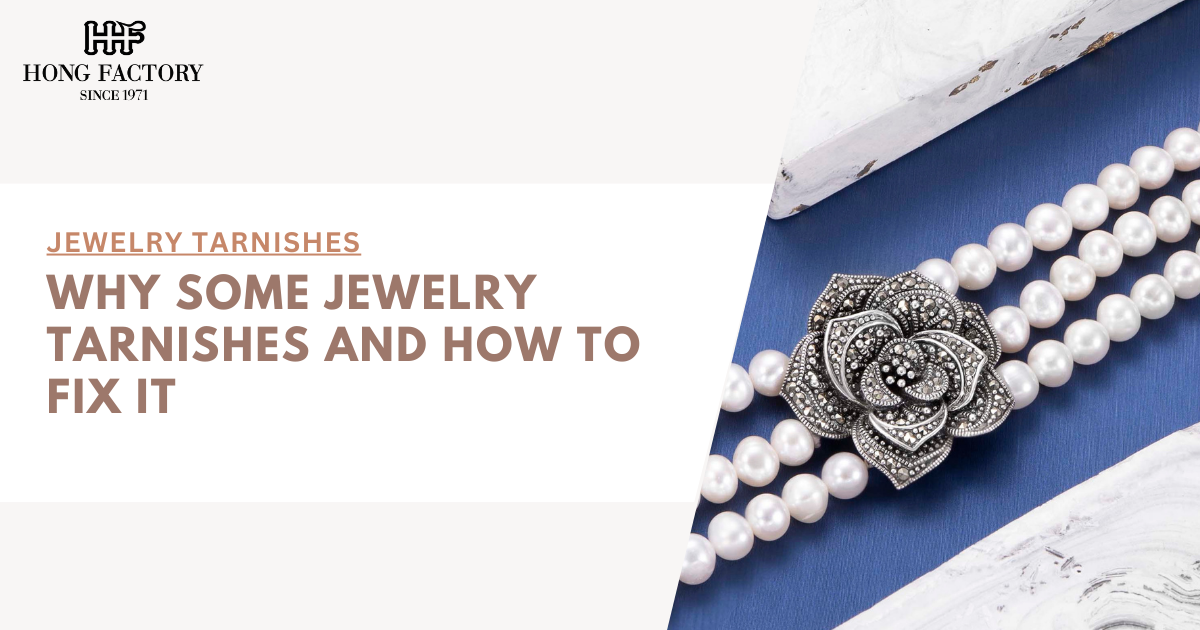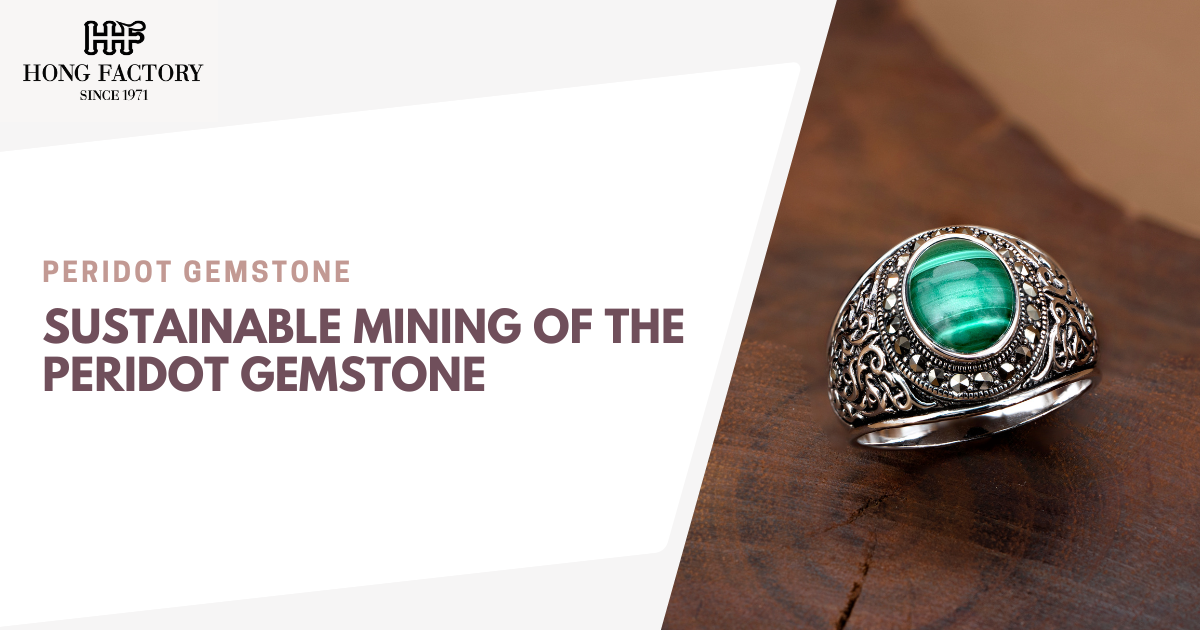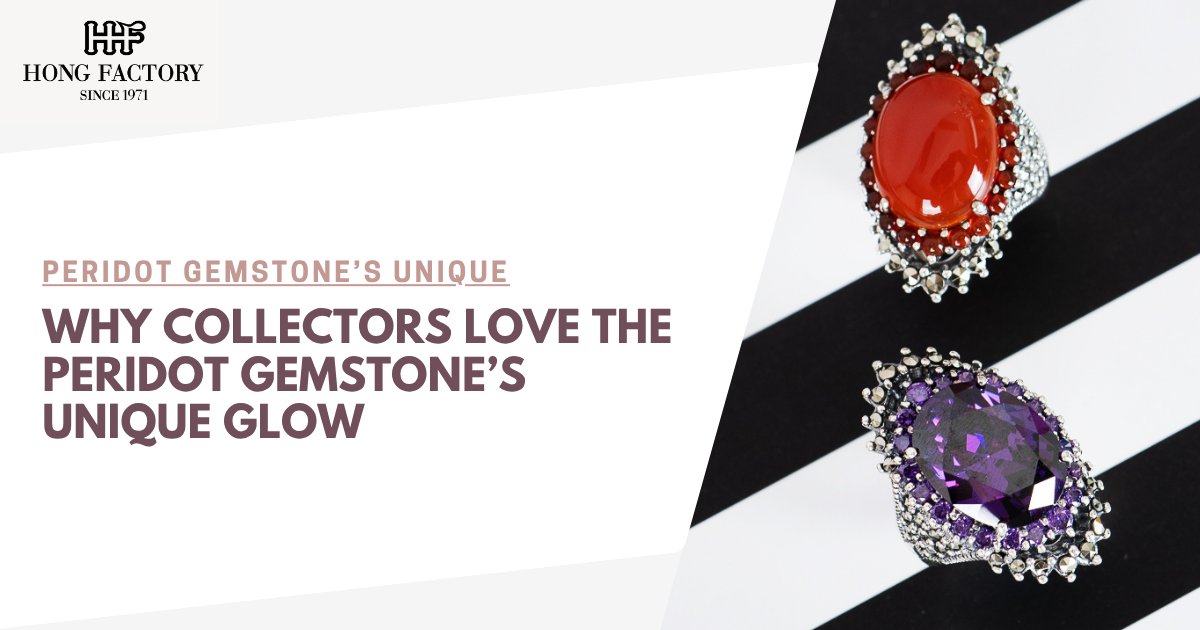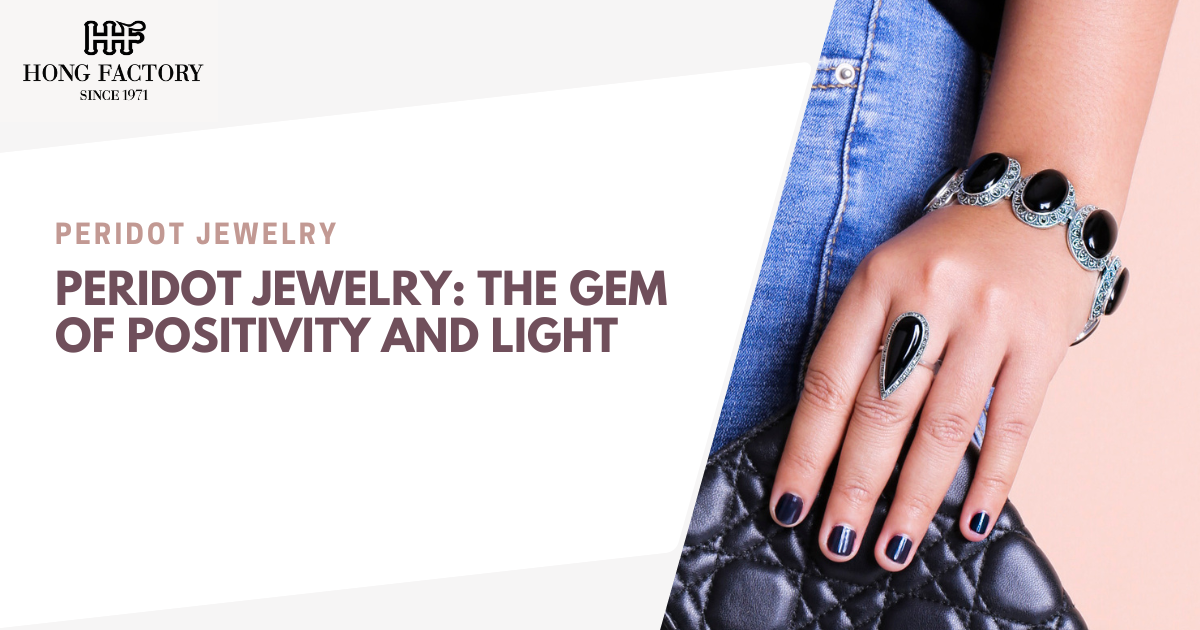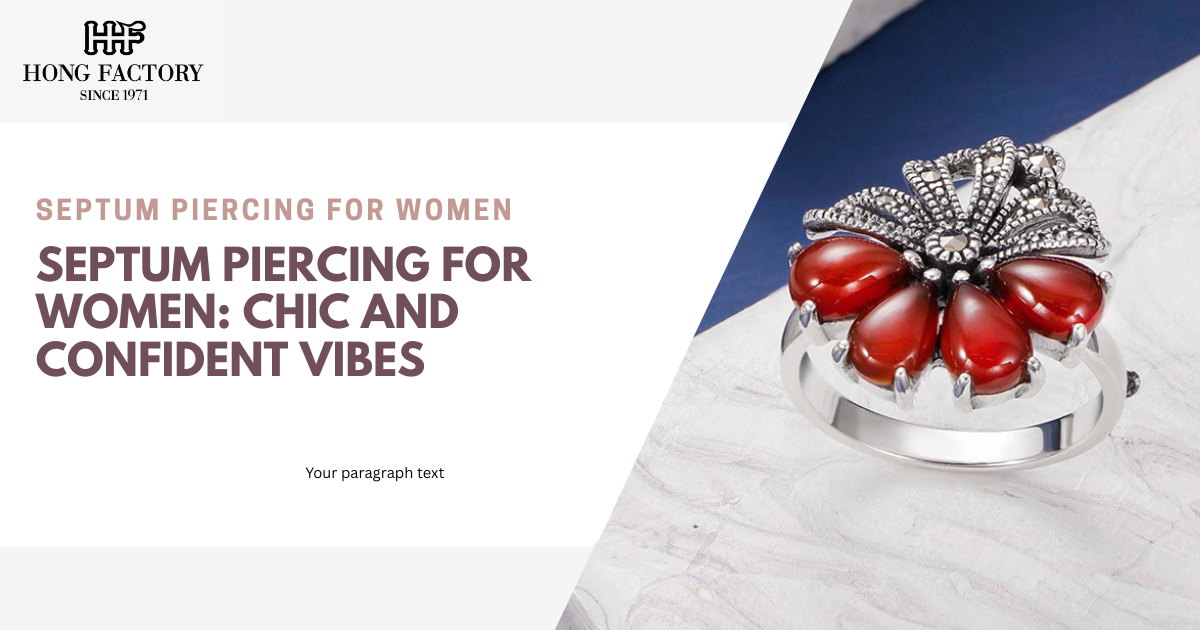
Jewelry is often treasured for its beauty and ability to enhance personal style. However, many people notice that their favorite pieces lose their shine over time. Tarnishing is a common issue that can make jewelry appear dull or discolored. Understanding why some jewelry tarnishes and how to fix it can help you maintain your accessories and keep them looking brilliant for years. marcasite
Why Jewelry Tarnishes
Tarnish occurs when metals react with elements in the environment, such as oxygen, sulfur, and moisture. This chemical reaction creates a thin layer of discoloration on the surface of the jewelry. While tarnish does not necessarily damage the jewelry itself, it can affect its appearance and reduce its overall appeal.
Common Metals That Tarnish
Certain metals are more prone to tarnishing than others. Silver, for example, reacts easily with sulfur compounds, leading to a blackened surface. Copper-based alloys also tarnish quickly, developing a green or brown patina. Even gold jewelry can tarnish if it contains alloys such as copper or nickel. Platinum, however, is highly resistant and less likely to tarnish.
Jewelry Tarnishes: Causes and Prevention
Jewelry tarnishes for several reasons, including:
- Exposure to air and moisture: Humidity accelerates tarnishing.
- Contact with chemicals: Perfumes, lotions, and cleaning products can react with metals.
- Sweat and skin oils: Natural body oils and sweat contain salts that speed up discoloration.
- Storage conditions: Leaving jewelry in open air or in damp environments encourages tarnish.
Preventing tarnish requires proper care and storage. Keeping jewelry in airtight containers, using anti-tarnish strips, and avoiding direct contact with chemicals can significantly extend its shine.

How to Clean Tarnished Jewelry
Restoring jewelry is often simple with the right cleaning methods:
- Silver jewelry: Use a polishing cloth or a silver cleaning solution to remove tarnish.
- Gold jewelry: Soak in warm water with mild soap, gently scrub with a soft brush, and dry thoroughly.
- Copper jewelry: Mix lemon juice and baking soda into a paste, apply, rinse, and polish.
- DIY home remedies: A mixture of baking soda and water, or vinegar with salt, can effectively clean tarnish from many metals.
Professional Cleaning
For delicate pieces, such as those with gemstones or intricate designs, professional cleaning is recommended. Jewelers use ultrasonic machines or steam cleaning to safely restore brilliance without damaging the jewelry. Regular maintenance checks can also ensure that clasps and settings remain secure.
Storing Jewelry Properly
Proper storage is key to reducing tarnish. Store each piece in a separate pouch or box to prevent scratching. Anti-tarnish bags or silica gel packs help absorb moisture. Jewelry boxes lined with soft fabric provide an additional layer of protection against environmental exposure.
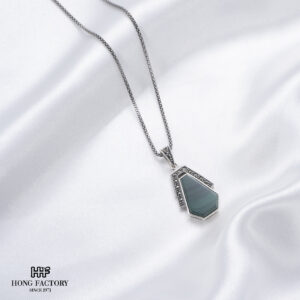
When Tarnish Adds Character
Interestingly, some people appreciate the patina that tarnish creates, especially on copper or brass jewelry. This aged look adds character and uniqueness, making the piece appear vintage. Deciding whether to clean or embrace tarnish depends on personal preference and the intended style.
Tarnishing is a natural process that occurs when metals react with their environment. While it can make jewelry appear less attractive, proper care, cleaning, and storage can restore and preserve its shine. Whether you prefer to maintain a polished look or embrace a vintage patina, understanding why jewelry tarnishes empowers you to keep your accessories in their best condition. With the right approach, your jewelry can remain a sparkling expression of your style for years to come.

